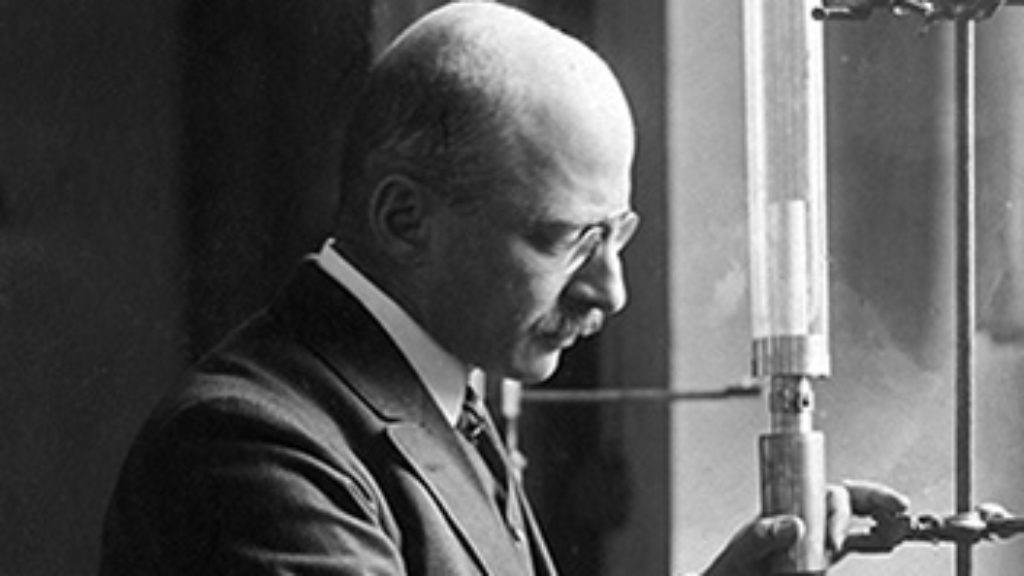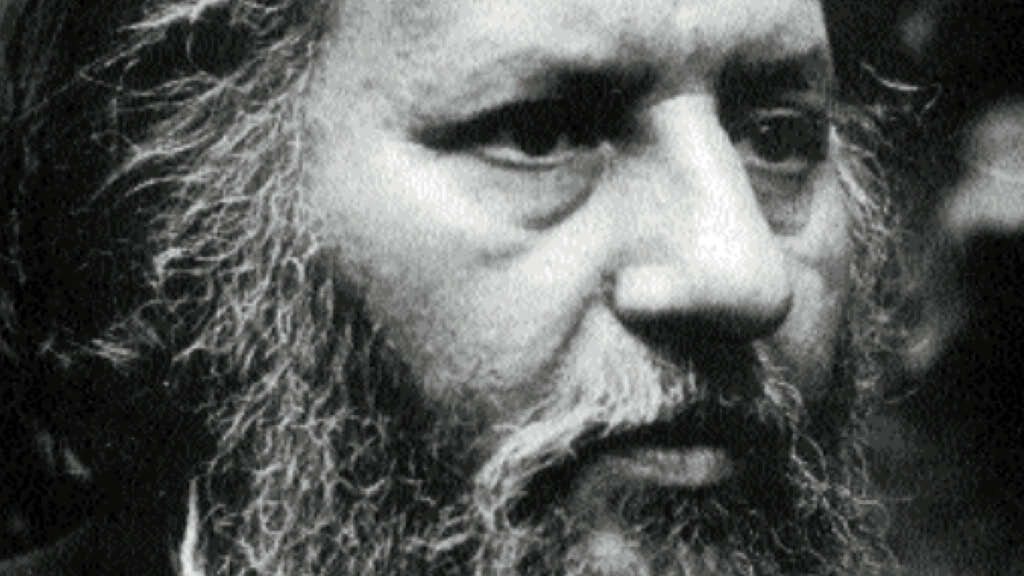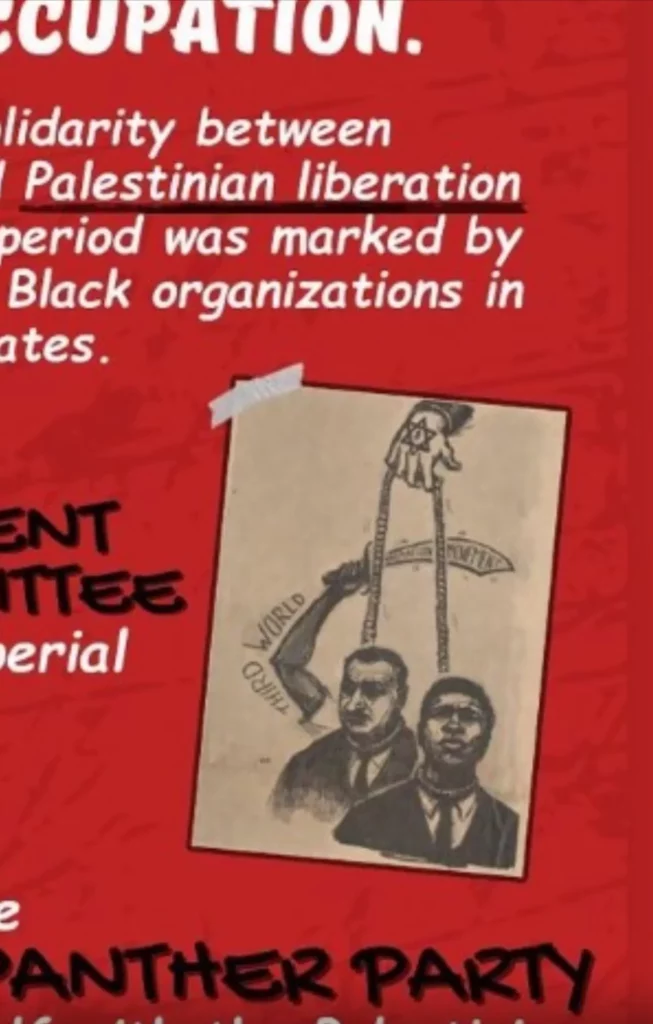Harvard, SNCC, and an Antisemitic Cartoon
Doomscrolling past my bedtime on a Sunday in mid-February in Jerusalem, I found myself staring at a shocking post from the Instagram pages of the Harvard Undergraduate Palestine Solidarity Committee (PSC) and the African American Resistance Organization (AFRO). It was being promoted by the recently formed Harvard Faculty and Staff for Justice in Palestine (FSJP). While the “best and the brightest” have shown themselves to be less than beacons of moral clarity since October 7, this post was particularly outrageous. It featured a grainy fifty-seven-year-old image of a hand tattooed with a Star of David and a dollar sign, grasping the ropes of two figures in nooses: Egyptian President Gamal Abdel Nasser and Muhammad Ali. On the left, a brown arm emblazoned with the words “Third World” and brandishing a scimitar inscribed “Liberation” comes to cut them down.
Many were outraged, including interim Harvard President Alan M. Garber. The PSC, AFRO, and FSJP all found themselves backtracking and apologizing in the usual ways. It was all just a matter of “ignorance and inadequate oversight,” and did not reflect the values of the organizations. What surprised me was not the ignorance being claimed or the antisemitic malice being denied, but the image itself, which I had first come across not on Instagram but in the archives, while researching my forthcoming book on Black-Jewish relations in the 1960s and 70s.
The sketch, drawn by the artist Herman “Kofi” Bailey, was first printed in a newsletter by the Student Nonviolent Coordinating Commission (SNCC) in the late summer of 1967. It emerged not only from international events, but from an American context that existed before the Six-Day War. First, under the leadership of Stokely Carmichael (later Kwame Ture) beginning in 1966, the SNCC had broken with Martin Luther King’s South Christian Leadership Conference and reoriented itself as an internationalist human rights organization, allied with Black Power.
Second, President Nasser had failed spectacularly to “destroy Israel” that June in the Six-Day War. Finally, also in June of that year, Muhammad Ali (known as Cassius Clay prior to his conversion to Islam) had been convicted to five years in prison and stripped of his heavyweight champion title for refusing to be drafted, despite his claim of conscientious objector status as a Muslim. (Ali stayed out of prison on appeal and the sentence was overturned by the Supreme Court in 1971, but he did not regain his title until 1974.)
The unsubtle message of the cartoon was that Israel and the Jews, together with American capitalism, were guilty of subjugating and murdering not only Black and Brown peoples, but Arab nationalism and Islam. It illustrated a feature called “Third World Roundup,” which asked readers to “test their knowledge” of thirty-two anti-Zionist and antisemitic talking-points regarding the Israeli-Palestinian conflict (“since we know the white American press, seldom, if ever gives the true story”). For example, apparently thanks to “white European, American, and Australian states . . . Israel was planted at the crossroads of Asia and Africa,” and “the Rothschilds . . . were involved in the original conspiracy with the British to create the ‘State of Israel.’” The text seems to have been drawn from PLO propaganda, itself likely a product of Soviet agitprop.
Other illustrations in the “Third World Roundup” included a sketch of Israeli General Moshe Dayan in uniform with the Star of David on his chest and dollar signs on his lapels, as well as a few unattributed photos with eye-raising captions. One read, “Gaza Massacres — 1956: Zionist lined up Arab victims and shot them in the back in cold blood. This is the Gaza Strip, Palestine, not Dachau Germany.”
When the furor over the online resuscitation of SNCC’s antisemitic cartoon heated up, the Harvard student groups quickly took it down. They assured everyone that there was no antisemitic malice, as “our mutual goals for liberation will always include the Jewish community — and we regret inadvertently including an image that played upon antisemitic tropes.”—Then they re-shared the larger post with the offending cartoon swapped out for a photograph of Stokely Carmichael. Interestingly, no one seems to have commented on a graphic on the flyer’s bottom left of Huey P. Newton, the founder of the Black Panther Party, meeting Yasser Arafat in 1980. The photo was taken from The Black Panther, an often virulently antisemitic periodical supporting violence. Stokely Carmichael himself would later quip that the “the only good Zionist is a dead Zionist.”
How did millennials in a Cambridge dorm room decide to use this old cartoon—not exactly part of the woke vernacular—to promote their activities? Did they know its origin and significance? I still don’t have the answer to that, but, if we are to understand the ideology of the present, then the history of the image is worth lingering on.
The choice to use it suggests not “ignorance or accidents,” but bright Harvard students mining the archives for inflammatory propaganda and a tragically usable history of Black-Jewish conflict. Perhaps, as Solomon was supposed to have said, there is nothing new under the sun—but sunlight remains the best disinfectant when it comes to supposedly principled anti-Zionism crossing the line into wanton antisemitism on university campuses.
Comments
You must log in to comment Log In
Suggested Reading

Afghan Treasure
Sometime in the 11th century, a distraught, young Jewish Afghan man named Yair sent a painful letter to his brother-in-law. Life had dealt Yair a tough hand, or maybe it was just his own bad choices.
“Why Bother?” A Response
Shaul Magid lays out a case for "bothering" with Jewish Renewal.

Counting Jews
Tim Grady makes a careful but controversial case about the way Jews contributed to or supported Germany's worst excesses in World War I.

Leapsniffing through the Vimveil: Avram Davidson’s Fantastic Fiction
Gods in fishbowls, men who are apes, and a Jewish dentist abducted by aliens: the fantastic fiction of Avram Davidson was almost as strange as his life.

Heidi George
The worst is the lying after the fact: “..no malice intended,”“we regret inadvertently playing into antisemitic tropes,” “…mutual goals for liberation, blah, blah, blah,” and extending their ludicrous denial as if to say, “Us? We simply love Jews!” Hurtful, hateful, unacceptable.